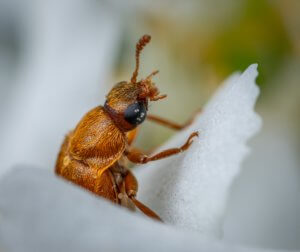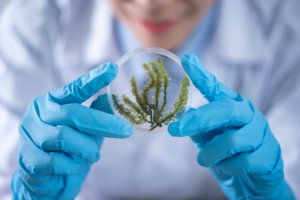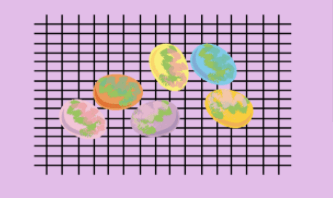
Marbleized Easter Eggs Science Experiment
Creating beautiful and colourful eggs is a rewarding and fun activity for families to do together. The marbleized egg science experiment is really easy and creates for some unique looking eggs.
Materials for marbleized easter eggs science experiment:
- Hard-boiled eggs
- Vinegar
- Vegetable oil
- Water
- Plastic Cups (1 for each egg)
- Small Bowls (1 for each egg)
- Assorted Food Colours
- Paper towels/rack
How to make marbleized easter eggs:
Part 1: Dye the eggs
- In a plastic cup add warm water, 3-4 drops of food colouring (or until pigment appears as strong as desired) and 1 tsp of vinegar. Mix well.
Repeat with the other colours. - Now you should have a number of plastic cups with the mixtures of food colouring, water and vinegar. Add the eggs in each cup and let sit for about 3 minutes.
- Gently, remove the eggs and set on paper towels/rack.
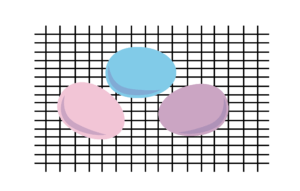
Part 2: Marble the eggs
- Gather three bowls. In each bowl, add about enough water, so that only about ½ of the egg to be covered. Next, add 1 tablespoon of oil to each bowl and 6-8 drops of food colouring.
- Place one egg into each bowl. With a spoon, spoon the water/oil mixture over the egg and let sit for about 3-4 minutes. Then roll the egg so it turns over and let sit for another 3-4 minutes.
Note– The longer you roll your egg around in the oil, the more marbled your eggs will be. - Take out and lay on paper towels. Let sit for a few minutes, then wipe off each egg with additional paper towels to remove any excess oil.
- You can repeat this process in as many colours of oil/coloured water as you like.
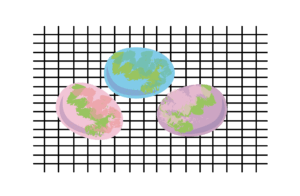
Useful tips for the marbleized easter eggs experiment
- Ensure bowls are deep enough to submerge the entire egg
- Linework surface with newspaper to reduce spillage
- Use soap and water to remove stains on hands.
- Make sure you have an area for your eggs to be left to dry. For example, you can use a basket that will be ideal to leave the eggs out for display.
What happened during the experiment?
- Food colouring is an acid-base dye and the vinegar traditionally used to dye eggs helps the food colouring to bond to the eggshell.
Don’t forget to share this awesome science experiment with your friends and family.
We can’t wait to see the awesome designs inspired by this marbleized easter eggs science experiment – just email us on contact@inquibox.com and we would love to feature them on our social channels. Also, check out these images of marbleized easter eggs for some creative inspiration.
Interested in doing different science projects at home? Sign up to InquiBox and receive a curated set of activities each month at home. Sign up here.
Extra reading: check out these 11-science experiments to do at home and our blog on 5 wild chemistry science experiments that will blow your mind.




